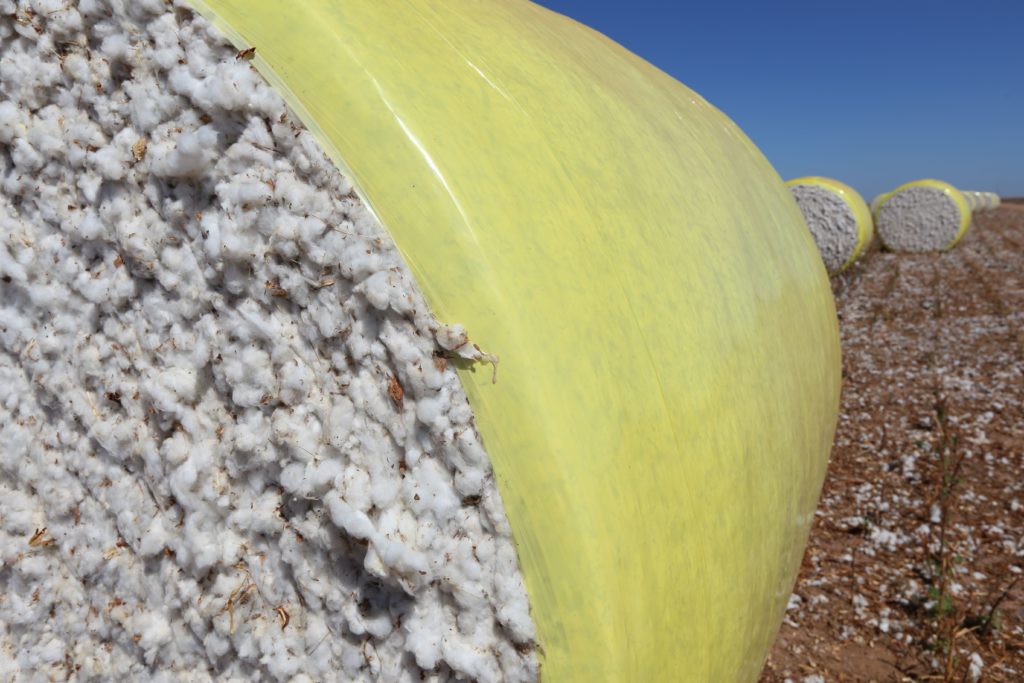Brazilian cotton: why that is the most sustainable choice
Brazilian cotton |
As responsable cotton growers, we must produce sustainably and show the true value of cotton to the global industry
Cotton is a natural, biodegradable fiber produced in a responsible manner that has a lesser impact on the environment than synthetic fibers. This makes cotton the most sustainable choice for the clothing and textile products of today and tomorrow. According to data from the International Cotton Advisory Committee (ICAC), however, cotton has lost ground to synthetic fibers in the global market. From a market share of approximately 50% in the 1980s, we have dropped to less than 30% today.
Having undertaken the mission of putting cotton back into its prominent position in the global textile chain, we, at the Brazilian Cotton Growers Association (Abrapa), are working on two fronts: high quality production that is sustainable and traceable, and the promotion of cotton consumption.

History of success
Since 1990, cotton production in Brazil has grown over 300%, going from 717 thousand tonnes in the 1990/91 farming year to more than 3 million tonnes in the 2019/2020 season. This growth has been driven mainly by increased efficiency with investments being made in the most innovative production technologies and without needing to increase acreage.
The constant advances in Brazilian production systems have allowed us to achieve some of the highest yields from rain-fed crops in the world. As a result, we have become the world’s second largest cotton exporter with the potential to further grow our share of the global market.
We understand that the improvement process is continuous and we aim to get better year after year. This is why one of Abrapa’s main initiatives is the Standard Brazil HVI (SBRHVI) program. This program is aimed at ensuring the quality levels of Brazilian cotton and guaranteeing the results of HVI testing which is performed by partnered cotton classing labs throughout the country. This network of labs is guided and monitored by Abrapa’s central laboratory, the Brazilian Reference Center for Cotton Analysis (CBRA), and the testing reliability rate 96%.
Another priority for Abrapa is traceability in order to offer transparency of all the information on Brazilian cotton. With the use of the Abrapa Identification System (SAI) we are introducing new technology such as QR Codes on bale labels and the online availability of full data on the quality, origin and certifications of Brazilian cotton.

Sustainability as a mission
In addition to volume, availability and quality, we have sustainability. We are the largest supplier of Better Cotton in the world. We have achieved this position due to an exceptionally high level of growers adhering to the Brazilian Responsible Cotton (ABR) certification program which works in partnership with the Better Cotton Initiative (BCI) and covers 81% of all domestic cotton production. Taking BCI’s precepts as a starting point, our program includes an even greater number of social, environmental and economic responsibility criteria within a strict protocol of sustainability, labor relations, good farming practices and other important indicators.
With these initiatives firmly in progress in the production chain, we turned our attention towards the end consumers. We began with the domestic market which is our second largest customer behind China. Here too, our biggest competitor is synthetic fiber. Ten years ago, cotton had a 57% share of all the fiber used by the domestic textile industry. Today, that number has dropped to 46%.
In 2015, faced with this growing preference for synthetics, Abrapa carried out a large market survey which found that there was a lack of awareness among Brazilians in relation to the clothes they wear. Consumers recognize the positive aspects of cotton but are unaware that it is a natural fiber produced from a renewable source, is less harmful to the environment and is produced in a sustainable way.
A movement to heat domestic market
Based on this study, we defined a strategy that focused on the benefits of cotton for consumers and which aimed to engage society in order to value a product that delivers social and environmental responsibility. We understand that it is only when Brazilians value good practices and recognize the intrinsic differentials of products made from responsible Brazilian cotton that will we be able to recover the market share lost to synthetics. This is the mission handed to the Sou de Algodão (“I am Cotton”) movement launched in the most important fashion week in the country, São Paulo Fashion Week N42.
Informing, raising awareness and mobilizing public opinion about Brazilian cotton’s qualities has become as much a priority for us as increasing production and quality levels. We focus the Sou de Algodão movement on promotional, business and informational action which includes communication campaigns and initiatives to increase market competitiveness. With a view to the future, we approach universities with the aim of expanding the relationship between the textile industry and academia, encouraging creativity, providing experiences for future professionals and offering qualifications.
Currently, the initiative encompasses the cotton growers represented by Abrapa, agents in the production chain and textile manufacturers that make items containing a minimum of 70% cotton. As the project progressed, we also started to include companies and sectorial associations that have solid initiatives in the sustainability area or that raise the banner for more conscious choices in fashion.
That’s how the Sou de Algodão movement reached more than 650 partner brands by September 2021 including spinning mills, weaving mills, clothing manufacturers, retail chains, social projects, non-governmental organizations, artisans and micro-entrepreneurs. We set up and maintain an unprecedented channel of communication with end consumers where we show that by purchasing an item made from cotton they become part of a cause and are doing their part in accomplishing the mission of making a fairer and better world for everyone.

Brazilian cotton and asian market, the perfect match
At the same time as we expand our connection with the domestic market, we are improving our presence in the global market. Since 2020, we have intensified the promotion of Brazilian cotton through the Cotton Brazil program developed by Abrapa in partnership with the Brazilian Trade and Investment Promotion Agency (Apex Brasil). This work is supported by the National Cotton Exporter’s Association (Anea) and the Ministries of Agriculture and Foreign Affairs.
We have a physical presence in Asia with our office in Singapore and we have expanded our promotional activities into the main Asian markets – which absorb 99% of our exports. At the same time, we reinforced our relationship with buyers through business roundtables and online events. So we have been able to identify commercial demands and preferences which allow us (the growers and the domestic textile industry) to become increasingly agile in our customer service. This strategy has made an impact: in the 2020/21 season we exported 23% more than in the previous season, generating US$ 3.8 billion in revenue, a historic record.
The path we have taken so far means we can confidently state that producers, sectorial organizations, manufacturers and retail brands can and should unite in a truly global alliance to promote this most valuable of fibers: cotton. In addition to the improvement of technical, production or commercial aspects, more investment is required to further spread and show the true value of our product. It is up to each one of us, as agents in the production chain, to tell the world that opting for cotton clothes and articles is to make the most responsible and sustainable choice possible. This is the banner under which we all come together.
Growing cotton for a better future, this is our motto.
___________________________________________
Julio Cézar Busato – President of Abrapa – The Brazilian Cotton Growers Association
*original article published by Cotton Outlook Special Feature in 10/07/2021






